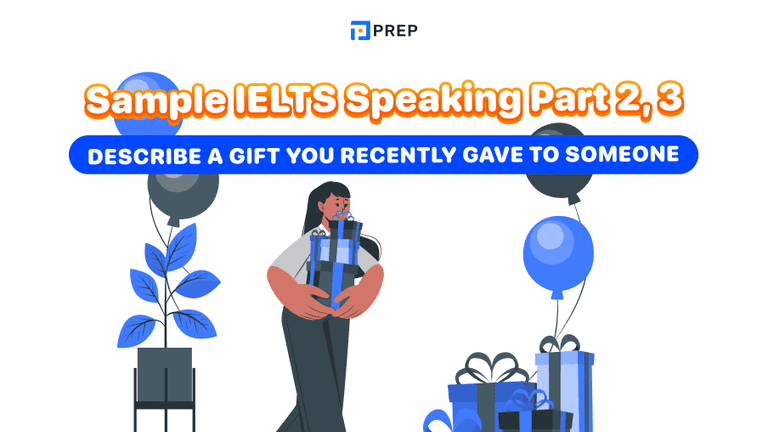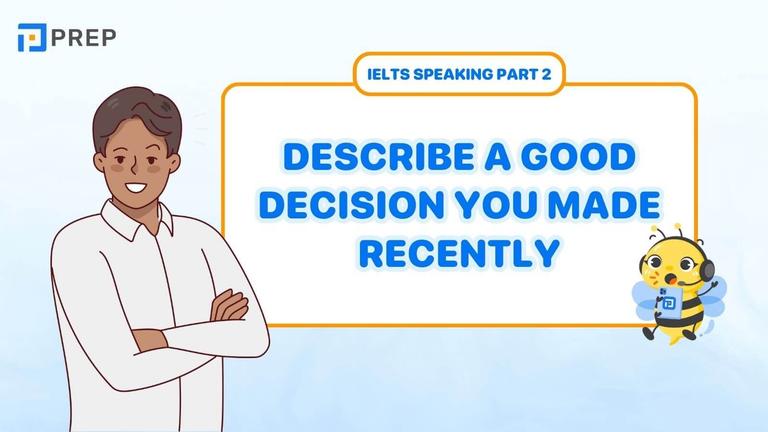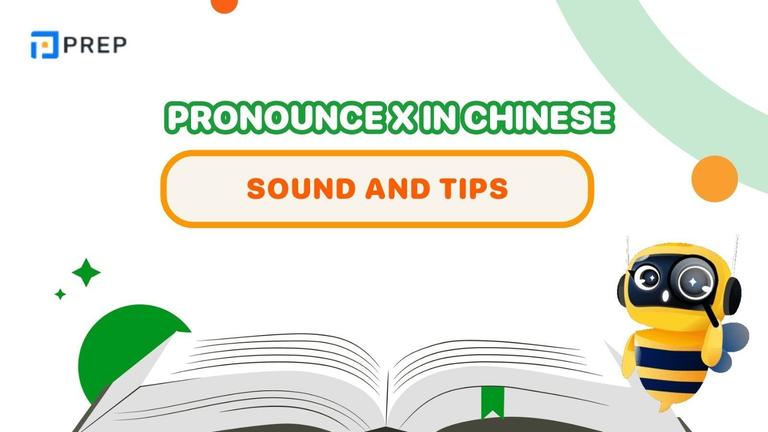The essential guide for tackling Matching Headings IELTS Reading section for IELTS test takers
Matching Headings stands among the most challenging question types in IELTS Reading, consistently testing candidates' ability to identify main ideas and synthesize information. This comprehensive guide provides systematic strategies to transform this demanding task into a scoring opportunity. Recent IELTS examinations show Matching Headings appearing in approximately 40% of reading tests, making mastery essential for achieving target band scores. Understanding the nuances of this question type separates successful candidates from those who struggle to reach their goals.
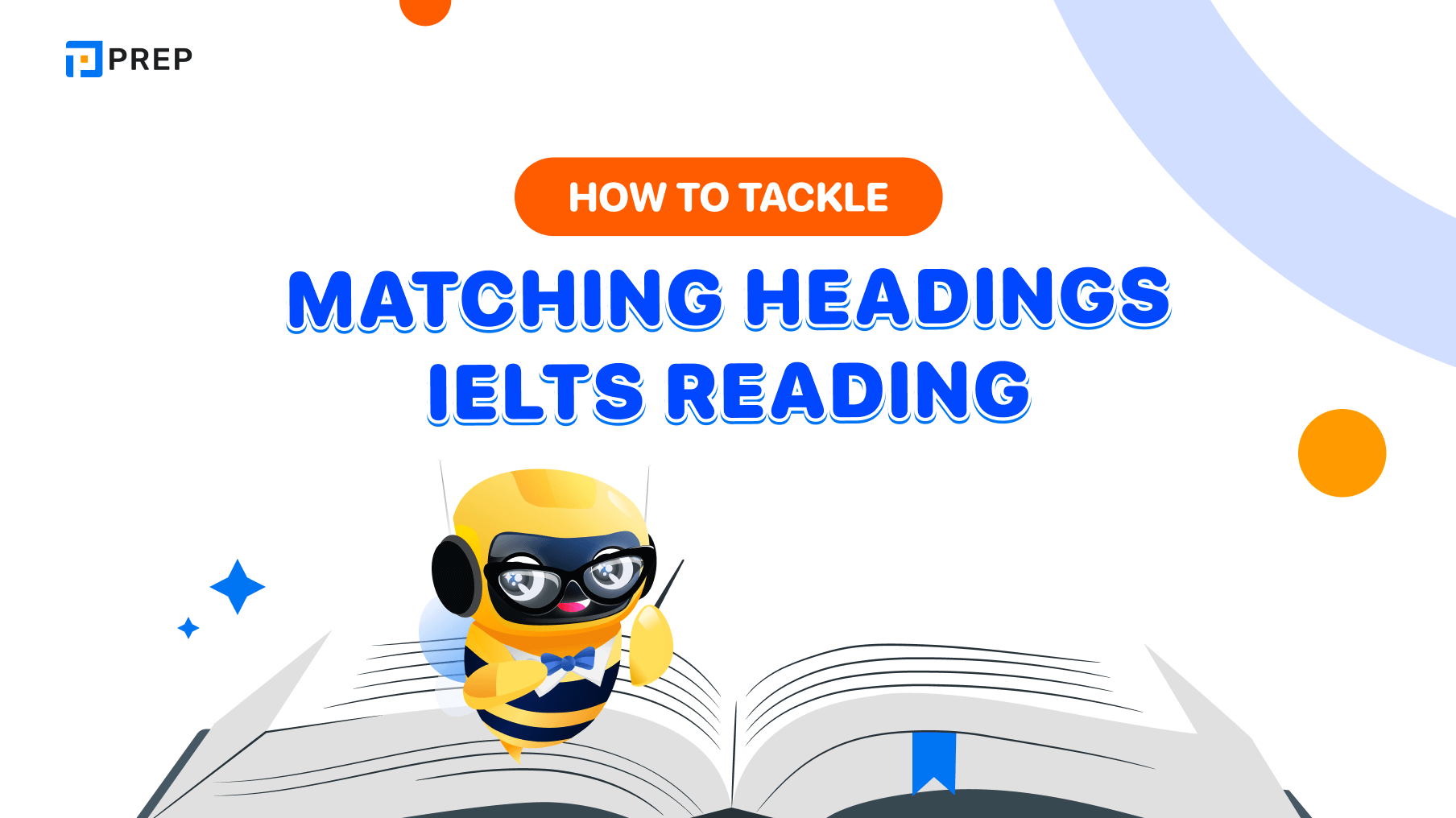
I. Overview of the Matching Headings IELTS Reading
1. Definition of Matching Headings IELTS Reading
Matching Headings constitutes a frequently encountered IELTS Reading question type that challenges candidates to select appropriate headings from a provided list and match them accurately with designated paragraphs (A, B, C, etc.). This task tests comprehension skills by requiring test-takers to identify central themes rather than supporting details, with each correct match earning one point under a strict binary scoring system.
The complexity increases through deliberate inclusion of distractor headings that relate tangentially to paragraph content without capturing main ideas, demanding precise discrimination between primary arguments and secondary information. Success depends on synthesizing paragraph content to recognize overarching themes while avoiding the trap of focusing on prominent examples or peripheral details that support but do not define the central message.
2. Format of Matching Headings IELTS Reading
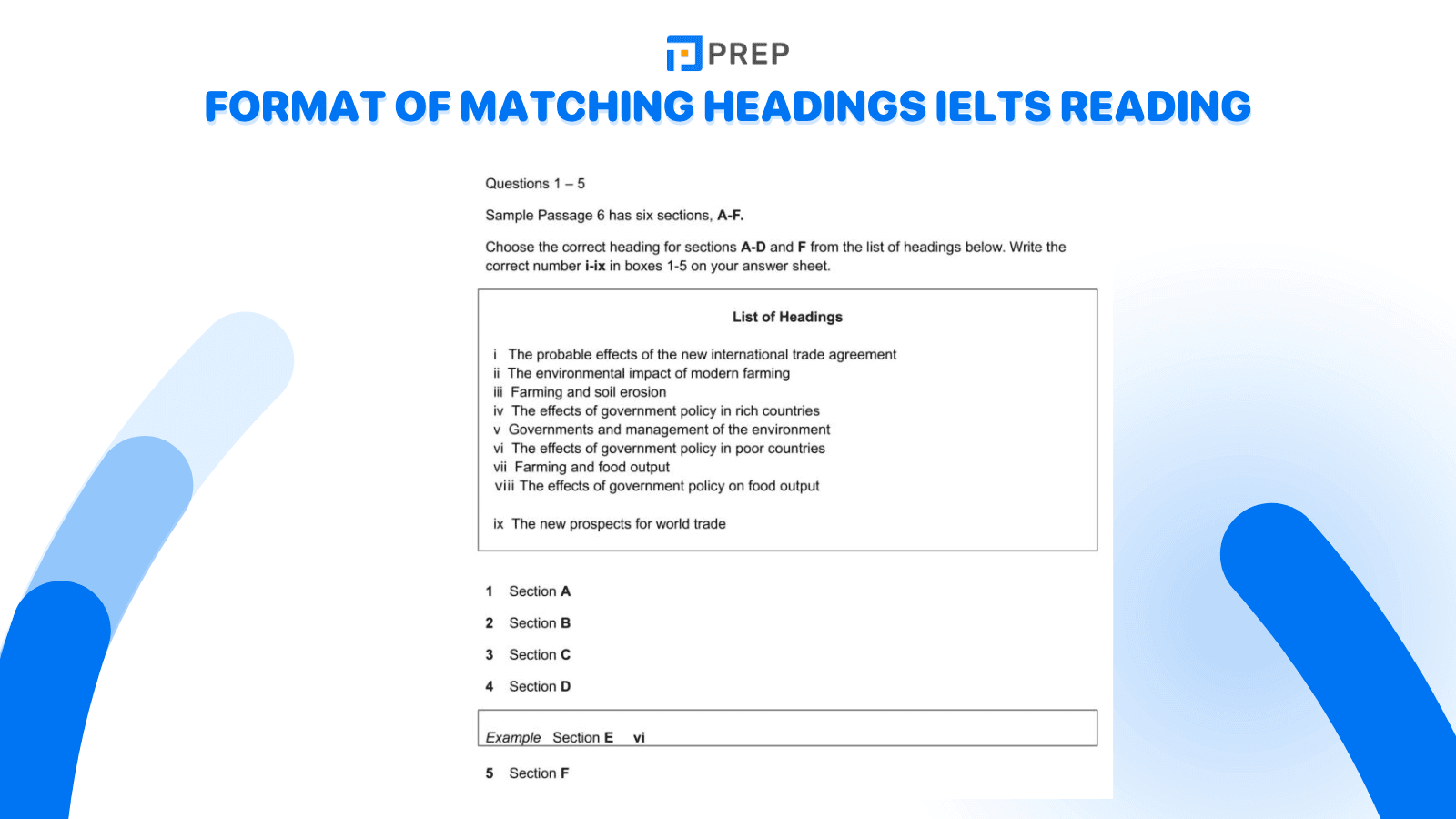
II. Steps for handling Matching Headings IELTS Reading
1. Step 1: Determine when to tackle the Matching Headings IELTS Reading
Candidates can approach the Matching Headings IELTS Reading in two ways:
-
Tackling Matching Headings IELTS Reading from the beginning: This task tends to consume a significant amount of time. By completing it first, candidates can grasp the main idea of the entire passage, making the transition to other tasks quicker and more time-efficient.
-
Tackling Matching Headings IELTS Reading at the end: The reason for leaving this task for later is that after completing other tasks, candidates will have a better understanding of the overall passage. As a result, the process of tackling Matching Headings will be faster.
In summary, both approaches mentioned above are acceptable. However, it is crucial to practice regularly at home to discover which method works best for IELTS test takers and can be easily applied during the actual exam.
2. Step 2: Read all the headings provided in the question
The most important thing for all candidates to note during the process of reading the headings is to underline the keywords you recognize in the headings. The next step is to quickly underline all the example sentences given in the question. Many candidates focus solely on answering the questions and forget to refer back to the question after completing one or two paragraphs, which can easily lead to misalignment throughout the test.
3. Step 3: Read all the paragraphs in the passage
When reading the paragraphs in the passage, candidates often wonder whether they should read the first or last sentence to grasp the main idea. The answer that PREP suggests is to "READ THE WHOLE PARAGRAPH." The main content of the paragraph is usually located in the middle. If you only focus on the first or last sentence, there is a high chance that you will not answer the question correctly and easily fall into the "trap" set by the question. This would be a regrettable scoring mistake.
4. Step 4: Scan through all the headings and eliminate incorrect options
The key to selecting the correct answer is to eliminate all the wrong and distracting options. So, which method should you apply to eliminate incorrect options?
Go back to Step 2, where you underlined all the keywords. Then, start reviewing all the headings from the beginning to the end, and cross-check whether the passage you just read is related to the underlined keywords or not.
III. Some tips for tackling Matching Headings IELTS Reading
-
Candidates should read all the paragraphs in the exam in order from top to bottom. This helps us easily follow the flow of the passage and makes it easier to deduce the correct answers.
-
You don't need to understand the meaning of every word in the paragraph you read. Instead, try to guess the meaning of some words based on the context of the passage.
-
Don't skim through the passage too quickly. Use the "skimming" technique to ensure that you understand the meaning as you read.
-
Candidates should not spend too much time reading a paragraph or a specific heading. Allocate an average of 1-2 minutes to read each paragraph and find the appropriate heading. Note that there are paragraphs that can be read in less than a minute to deduce the answer. So, don't spend too much time reading if you still can't find the appropriate heading, move quickly to the next sentence to save time.
IV. The Smart Way to Crack the IELTS Exam
To practice Matching Headings IELTS Reading exercises with detailed answers, explore PREP's comprehensive IELTS course designed to help you master this challenging task type. For test-takers seeking stress-free exam preparation, PREP's focused methodology transforms complex reading strategies into simple, achievable steps.
👉IELTS online: Get Started Now with PREP

Hi I'm Chloe, and I am currently serving as an Product Content Administrator at Prep Education. With over five years of experience in independent online IELTS study and exam preparation, I am confident in my ability to support learners in achieving their highest possible scores.
Comment
Premium content
View allPersonalized roadmap
Most read


